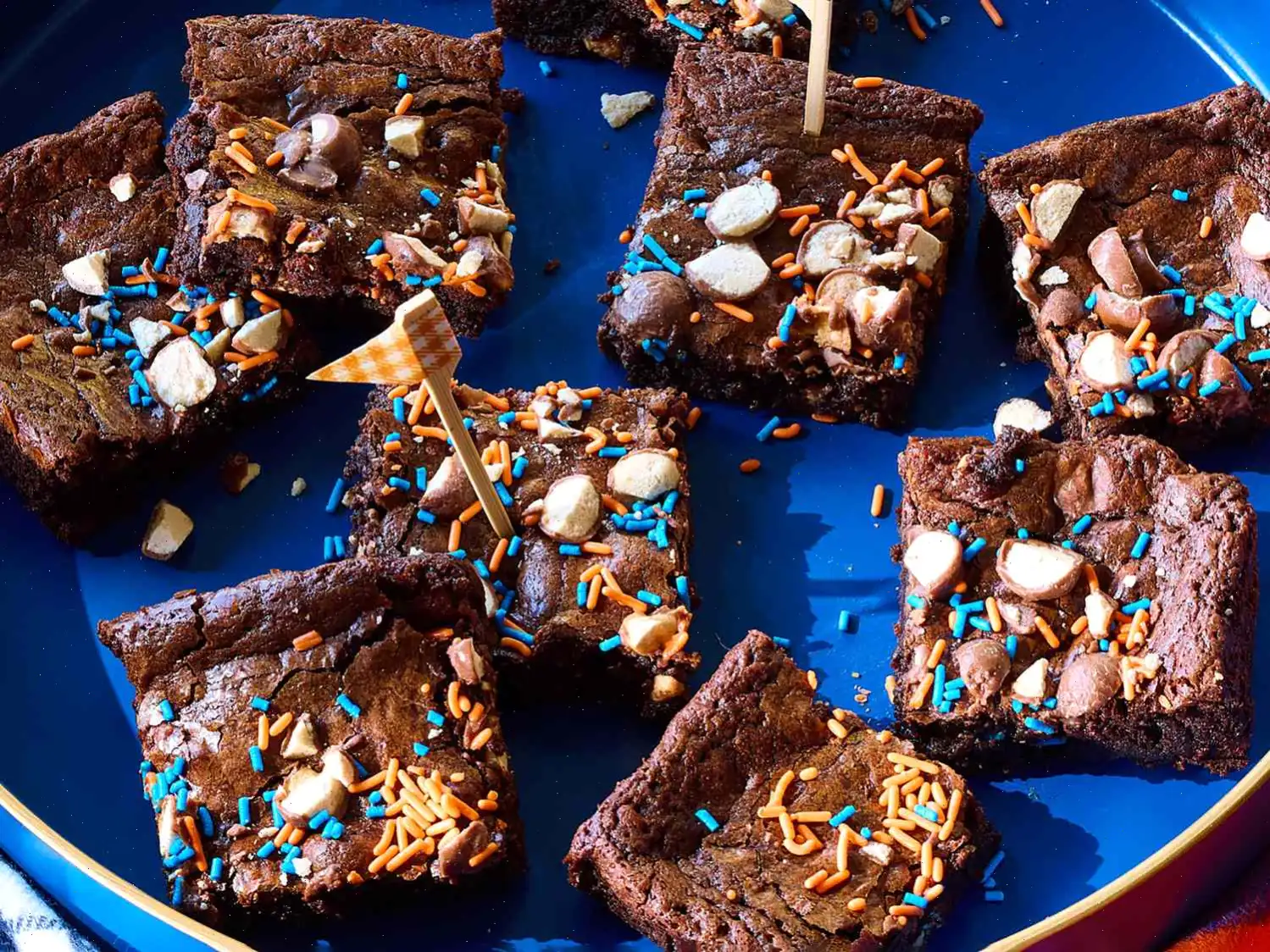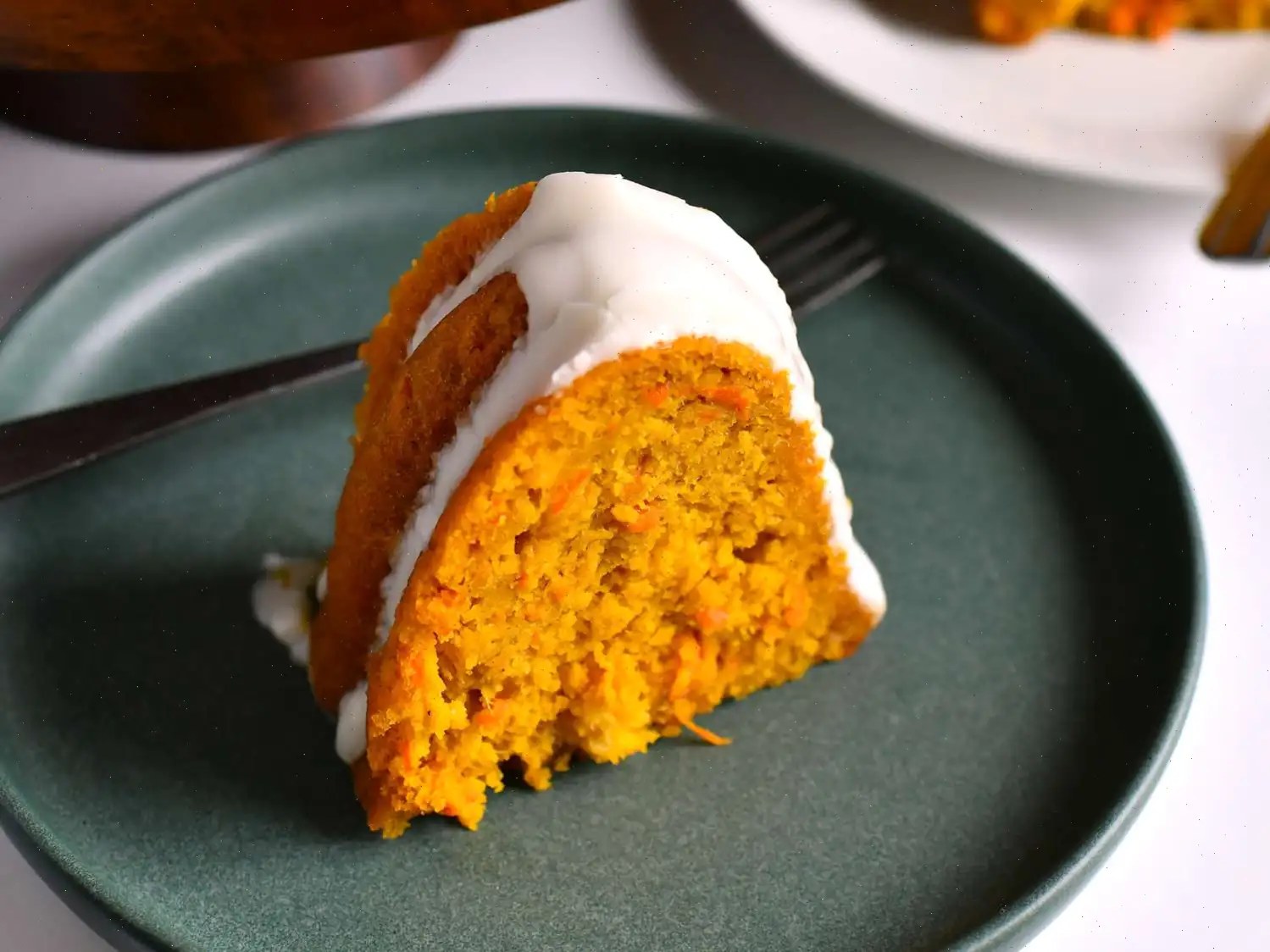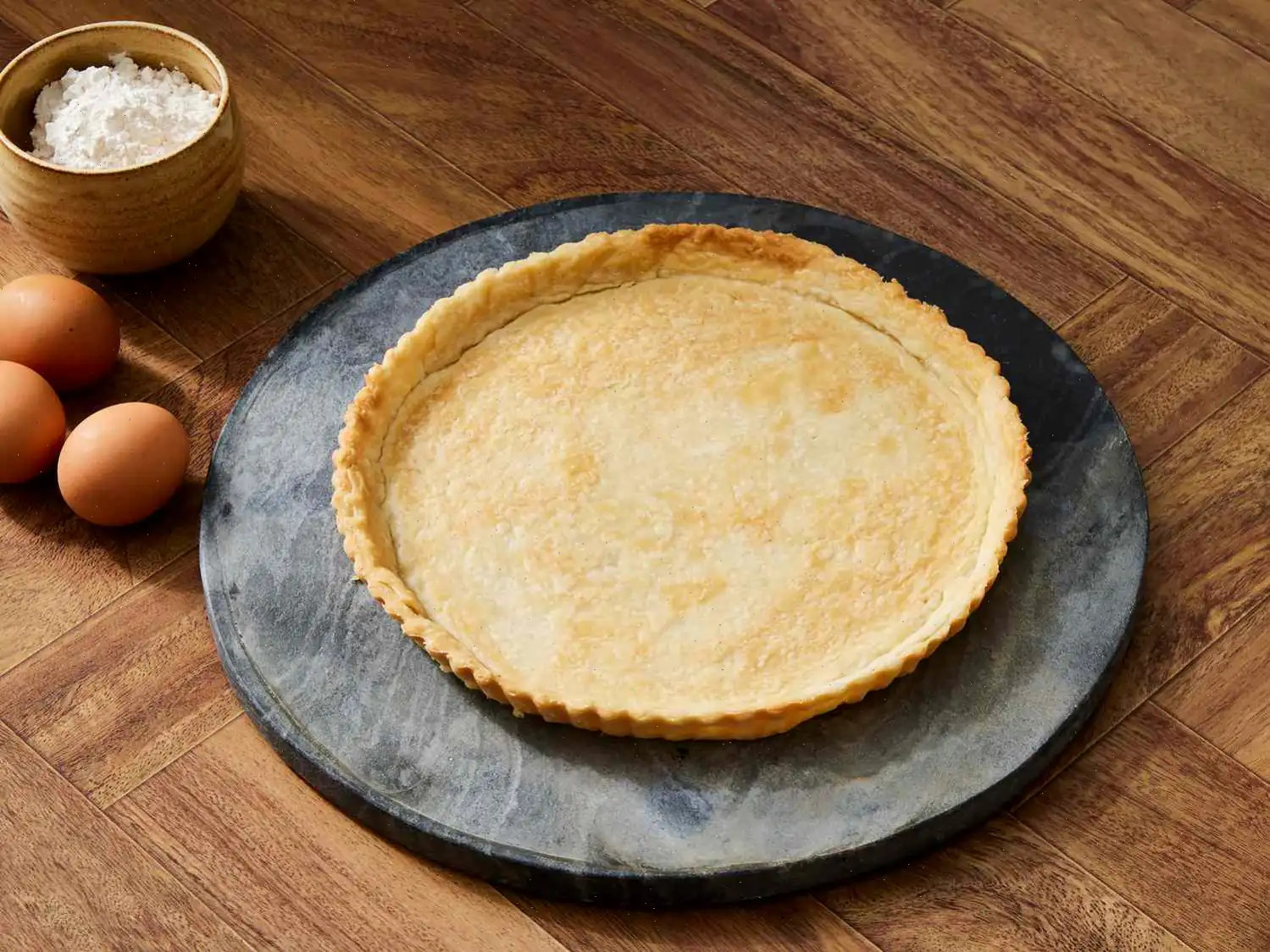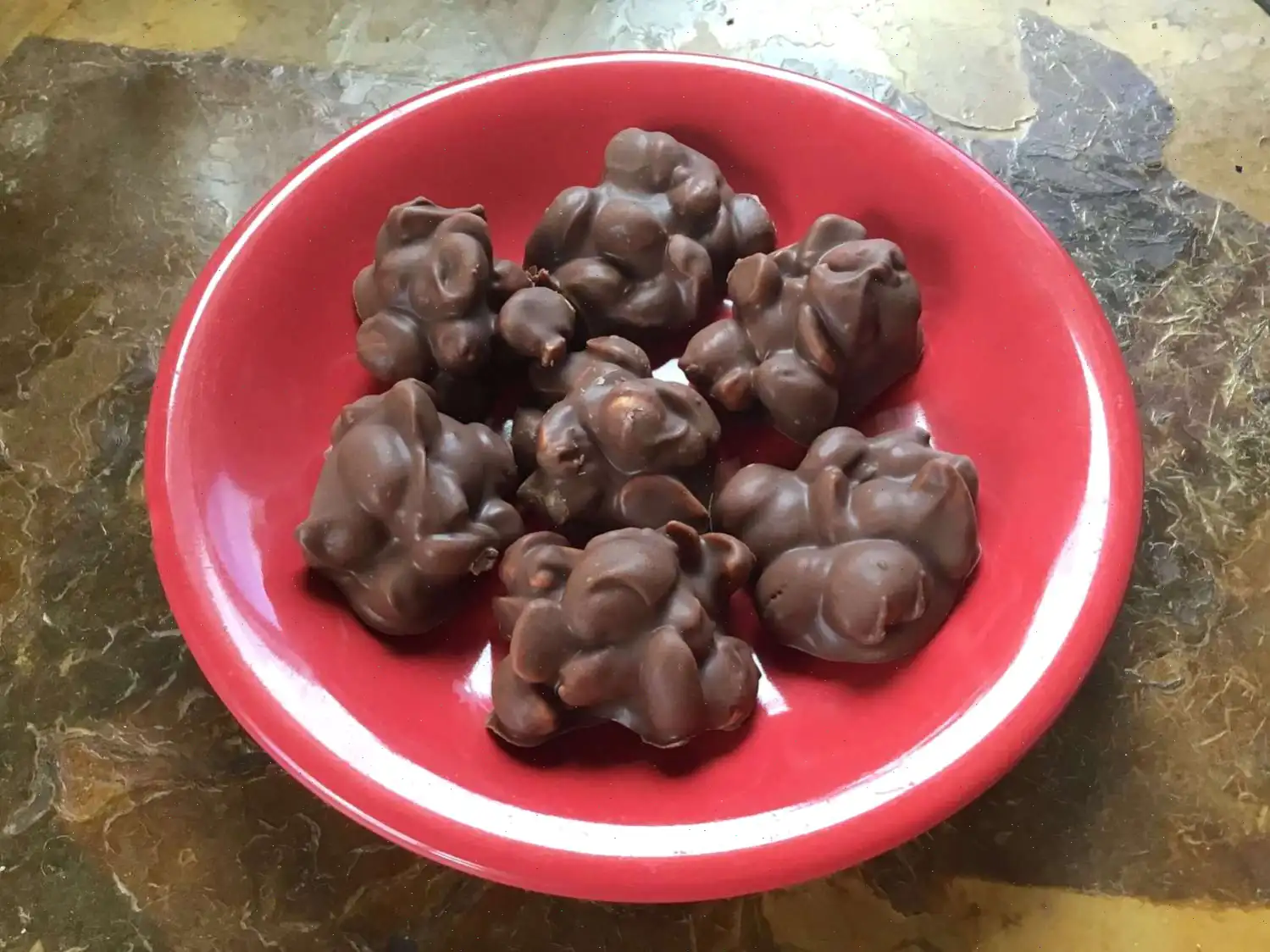
Carrot Bundt Cake Recipe
Ingredients
- 2 cups cake flour
- 1 1/2 teaspoons baking powder
- 1/2 teaspoon baking soda
- 1 (20-ounce) can crushed pineapple in juice
- 2 cups chopped peeled carrots
- 1/2 cup unsalted butter, melted
- 1/3 cup vegetable oil
- 1 1/4 cups firmly packed brown sugar
- 3 large eggs, at room temperature
- 1/4 cup sour cream, at room temperature
- 1 1/2 teaspoons vanilla extract
- 1 1/2 teaspoons ground cinnamon
- 1 teaspoon ground ginger
- 3/4 teaspoon salt
- 1/4 teaspoon ground nutmeg
- 1/8 teaspoon ground cloves
- 1 cup grated carrot
Glaze
- 2 ounces full-fat cream cheese, at room temperature
- 1 1/4 cups confectioner's sugar (or to taste)
- 1 tablespoon whole milk (or more as needed)
- 1/2 teaspoon vanilla extract
- 1 pinch salt
Directions
Step 1: Preheat the oven to 350F (180C). Grease a 10-cup Bundt pan with baking spray containing flour.
Step 2: In a large bowl, sift together the cake flour, baking powder, and baking soda. Set aside.
Step 3: Using a fine mesh strainer, drain the crushed pineapple into a large bowl. Press down with the back of a spatula or wooden spoon to extract as much moisture as possible. You should have about 1 cup of drained pineapple. Save the pineapple juice for another use.
Step 4: In a high-speed blender, combine chopped carrots, melted butter, and vegetable oil. Blend on high for 1-2 minutes until smooth, stopping to scrape down the sides as needed. The mixture should be free of large carrot clumps.
Step 5: Add half of the drained pineapple, brown sugar, eggs, sour cream, vanilla extract, cinnamon, ginger, salt, nutmeg, and cloves to the blender. Blend on high speed for 1 minute until smooth and combined.
Step 6: Transfer the carrot mixture into the bowl with the sifted flour mixture. Whisk until no large lumps of flour remain.
Step 7: Stir in the remaining drained pineapple and grated carrots until fully incorporated.
Step 8: Pour the batter into the prepared Bundt pan and gently tap the pan on the counter to remove any large air bubbles.
Step 9: Bake for 45-55 minutes or until a toothpick inserted into the center of the cake comes out with just a few moist crumbs. Let the cake cool in the pan for 15 minutes before transferring it to a wire rack to cool completely (about 45 minutes more).
Step 10: For the glaze, combine the cream cheese, powdered sugar, milk, vanilla extract, and salt in a bowl. Beat with an electric mixer until smooth. If the glaze is too thick, gradually add more milk, one tablespoon at a time, until it reaches a pourable consistency.
Step 11: Once the cake has cooled, pour the glaze over the top and allow it to set before serving.
Cooks Note: To make your own cake flour, sift together 1 3/4 cups all-purpose flour and 1/4 cup cornstarch. Repeat the sifting process 2 more times before using in the recipe.
Nutrition Facts (per serving):
- Calories: 391
- Total Fat: 18g (23% DV)
- Saturated Fat: 8g (38% DV)
- Cholesterol: 75mg (25% DV)
- Sodium: 320mg (14% DV)
- Total Carbohydrate: 55g (20% DV)
- Dietary Fiber: 2g (7% DV)
- Total Sugars: 34g
- Protein: 4g (9% DV)
- Vitamin C: 3mg (3% DV)
- Calcium: 90mg (7% DV)
- Iron: 2mg (13% DV)
- Potassium: 197mg (4% DV)
*Percent Daily Values are based on a 2,000 calorie diet. Your daily values may be higher or lower depending on your calorie needs.
The History and Cultural Significance of Carrot Bundt Cake
The Carrot Bundt Cake, a moist and spiced dessert, traces its roots back to the mid-20th century in the United States. Bundt pans, originally inspired by European kugelhopf molds, became widely popular in America after the 1950s when Nordic Ware introduced the nonstick version. Carrot cake itself has even older origins, with variations appearing in European cuisine as early as the Middle Ages, when sugar was scarce and vegetables like carrots were used to sweeten desserts. The modern American Carrot Bundt Cake combines these influences, offering a cake that is both visually striking and flavorful.
Regional Variations
While the cake is widely enjoyed across the United States, certain regional adaptations highlight local tastes. In the southern states, for example, recipes often include crushed pineapple or pecans, enhancing moisture and texture. Northern variations might focus on a denser, more cinnamon-forward flavor. In some coastal regions, coconut is incorporated into the batter or the glaze, adding a tropical twist that complements the natural sweetness of the carrots.
How It Differs from Similar Cakes
Unlike standard carrot cakes baked in round or square pans, the Bundt version benefits from the unique shape of the pan, which allows for even baking and a higher surface area that crisps slightly while retaining a moist interior. Additionally, the Carrot Bundt Cake frequently uses both pureed and grated carrots, often combined with pineapple, creating a moist, tender crumb that distinguishes it from simpler carrot loaf cakes or cupcakes. Its signature cream cheese glaze also sets it apart, offering a lighter, more elegant finish than traditional buttercream frosting.
Typical Serving Occasions
Carrot Bundt Cake is versatile and served in a variety of settings. It appears at holiday gatherings such as Easter or Thanksgiving, as its golden hue and festive presentation make it ideal for special occasions. Cafs and bakeries often offer it as a daily dessert, paired with coffee or tea. Its visual appeal also makes it a popular choice for celebratory meals, including birthdays, family brunches, and potlucks.
Interesting Facts
- The Bundt pan itself was inspired by a traditional European mold used for yeasted cakes known as "Gugelhupf."
- Using both pureed and grated carrots ensures a perfect balance of texture and moisture, a trick not always employed in simple carrot cakes.
- Historically, carrot cakes gained popularity during wartime Europe when sugar was scarce, making vegetables a natural sweetener.
- The addition of pineapple in some recipes helps to tenderize the cake while contributing a subtle tropical flavor, enhancing the overall complexity.
- Carrot Bundt Cake can be made a day ahead, and its flavor often improves as the spices and moisture meld overnight.
You can listen to this recipe in AI audio format. Simply click the play button below to listen to the content in a format that suits you best. It’s a great way to absorb information on the go!








